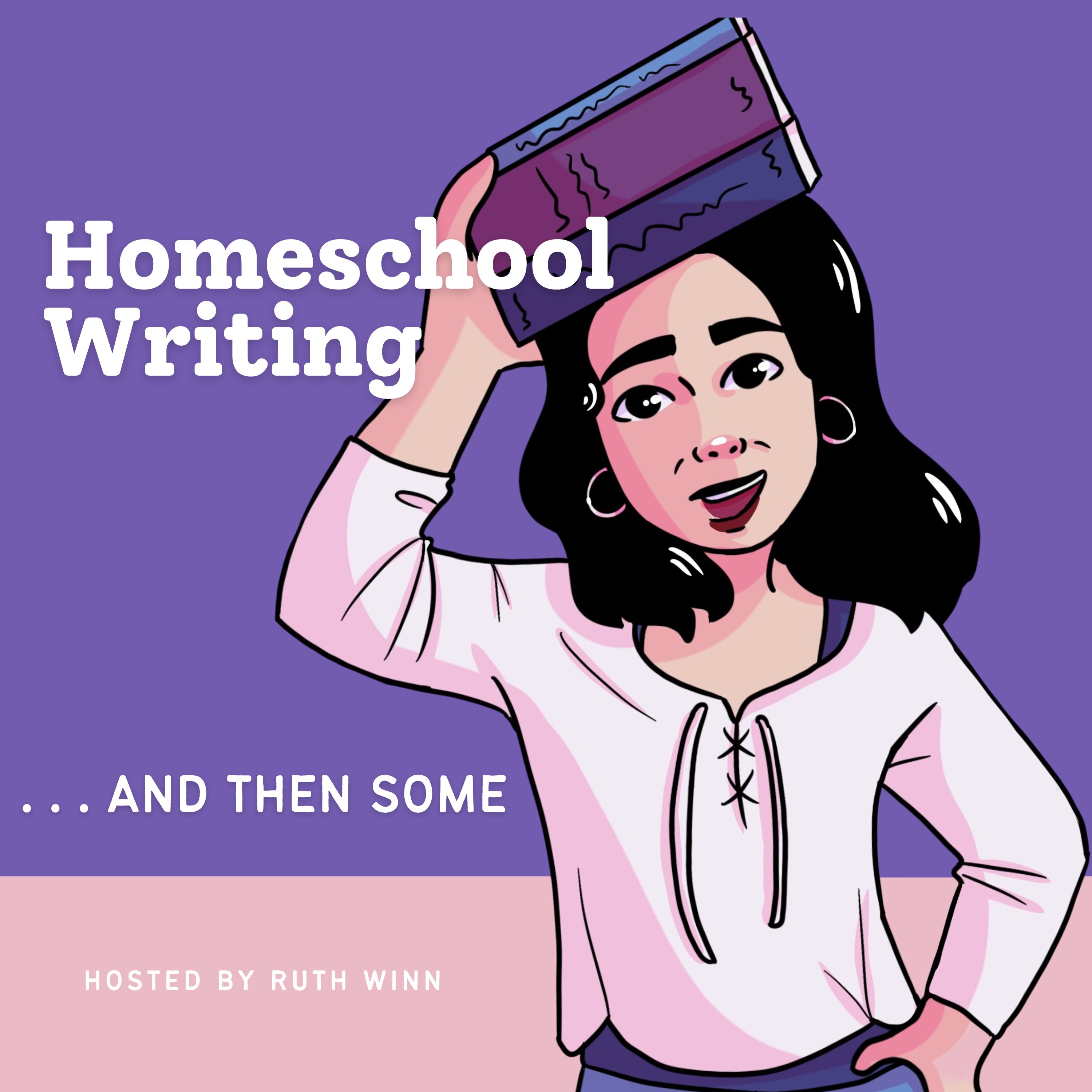#5 How to Have Students Write about What They Read—Part 1: Writing at the End
This year I get to teach so many incredible works of literature: Beowulf, Macbeth, and To Kill a Mockingbird to name a few. And of course I want my students to be totally enraptured by everything I assign. (If only!) I know that one of the best ways to get them to engage deeply with the texts is to write, write, and write some more. Sure, they may grumble a little from time to time—literary analysis is exhausting work after all—but the more they fatigue those brain muscles, the stronger they grow as thinkers and as writers. They learn to build better arguments and examine complex issues more deeply.
Because I know writing is so important, I spend a lot of time thinking about how to integrate it into my reading assignments. In this episode, I’m going to share with you some of the elements I return to again and again. These ideas are by no means original with me. In fact, if you’re looking for wildly creative, outside-the-box writing suggestions, then you’ve come to the wrong place. Instead, I’ve put together a selection of tried and true ideas that have been used by many an English teacher throughout the years. Most of them will work with a variety of texts and all of them are homeschool friendly and easy to use.
This episode focuses on writing that you can assign after a student has completely finished reading a text. (In the next episode, I’ll share ideas that you can use as the student reads each chapter or section.)
In this episode, I discuss
- How to set a goal for different writing levels
- How to turn your student’s dislike of a text into an essay
- An easy method for doing a character analysis
- Six writing options to use after students finish reading a text
Links mentioned
Teachers Pay Teachers
